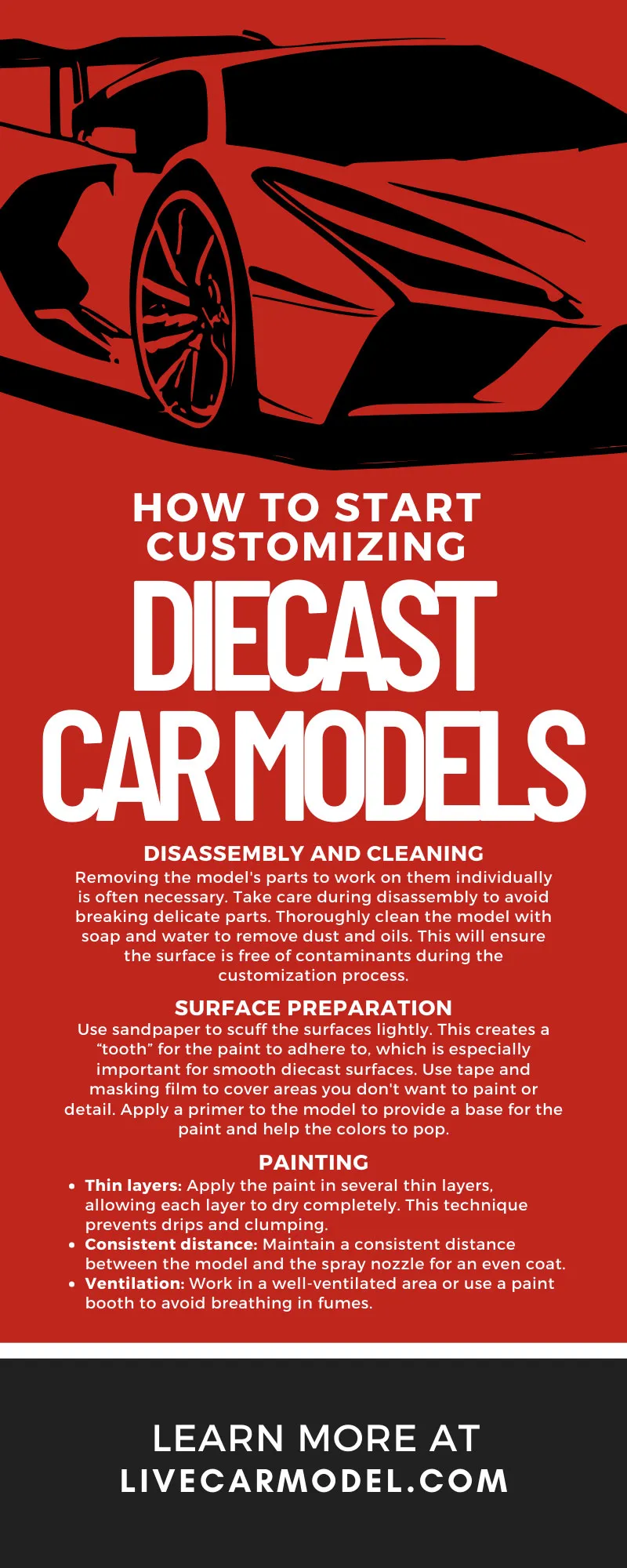Custom car diecast models offer a fascinating blend of artistry, engineering, and passion. They represent a unique hobby for car enthusiasts and collectors. These aren’t your ordinary toy cars; they are miniature works of art, often meticulously detailed and customized to reflect the owner’s individual tastes. This guide will walk you through everything you need to know to start your own collection of custom diecast cars, from understanding the basics to tips on customization and display.
Understanding Custom Diecast Cars
Before diving into the world of custom car diecast models, it’s important to understand what they are and what makes them so appealing. These models are more than just toys; they are miniature replicas of real-world vehicles, crafted with precision and attention to detail. Collectors and hobbyists find custom diecast cars captivating due to their unique combination of design, craftsmanship, and collectibility. The appeal lies in their ability to capture the essence of a car and provide a tangible connection to the automotive world.
What are Custom Diecast Cars
Custom diecast cars are miniature vehicles primarily made from diecast metal, typically zinc alloy. The ‘diecast’ process involves injecting molten metal into molds to create intricate shapes and forms. These models are then painted, detailed, and assembled to accurately represent their full-size counterparts. The ‘custom’ aspect comes from the modifications and personal touches applied by the modeler, which can range from minor detailing to complete overhauls of the original design. It is this modification that gives them its uniqueness.
The Appeal of Custom Diecast Models

The allure of custom diecast models is multifaceted. For many, it’s the nostalgia of recreating classic cars or owning models of vehicles they admire. The detail and craftsmanship involved are impressive, with many models featuring working parts, such as doors and wheels. The hobby also provides a creative outlet, allowing modelers to express their artistic vision. Customizing these cars offers a rewarding experience, as it involves adding personal touches that transform ordinary models into something extraordinary and unique to the owner. It’s an exciting, creative, and fun hobby.
Why Collect Custom Diecast Cars
Collecting custom diecast cars is more than just a hobby; it’s a passion that brings together a community of enthusiasts. These models are a tangible way to appreciate automotive history and design. They offer a form of escapism, allowing collectors to immerse themselves in a world of miniature vehicles and detailing. Plus, as with any collectible, the value of custom diecast cars can increase over time, making them a sound investment for the future. The community aspect provides a space for enthusiasts to share their knowledge, ideas, and experiences, fostering a sense of belonging and shared passion.
Choosing Your First Custom Diecast Model
Starting your collection can be an exciting journey, but it’s important to make informed choices. Selecting your first custom diecast model involves several factors, including scale, the type of car you’re interested in, and the level of detail you desire. It’s also important to consider the availability of models and the cost. Start with a model that speaks to your personal interests; whether it’s a classic muscle car, a modern sports car, or a vintage roadster. This will ensure you remain engaged and enthusiastic about your collection.
Scale and Size of Custom Diecast Cars
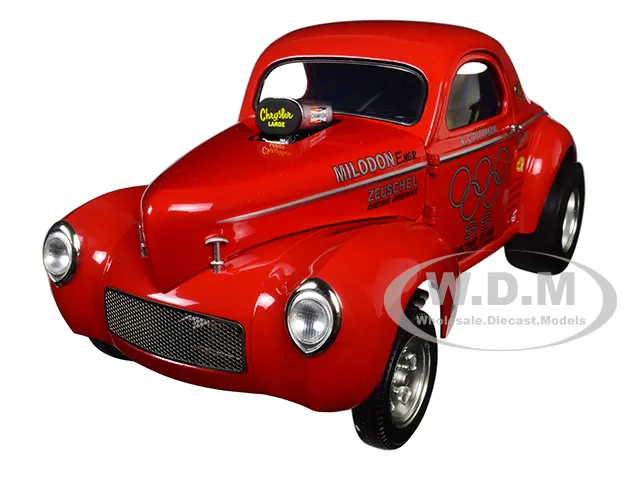
Diecast models come in various scales, each representing a different proportion of the real vehicle. The scale determines the model’s size and detail level. Common scales include 1:18, 1:24, 1:43, and 1:64. Larger scales (like 1:18) offer more intricate detailing and features, while smaller scales (like 1:64) are more compact and often more affordable. The scale you choose will impact the size of your collection and the space you’ll need to display your models, so consider this when choosing.
Popular Diecast Car Scales
Here is a brief look at the most popular scales
1:18 Scale: This is one of the most popular scales for collectors due to the high level of detail available. These models are larger, allowing for intricate features and detailing.
1:24 Scale: A slightly smaller scale than 1:18, offering a balance between detail and size. It’s a popular choice for many collectors and offers a wide variety of models.
1:43 Scale: A more compact scale, ideal for collectors with limited space. While the detail may be less than in larger scales, these models are still highly detailed and collectible.
1:64 Scale: This is often referred to as the ‘Matchbox’ or ‘Hot Wheels’ scale. These models are very affordable and easy to store, making them an excellent entry point for new collectors. They are perfect for building a large and diverse collection quickly.
Finding Your Preferred Car Brands
Consider which car brands and models appeal most to you. Do you have a fondness for classic American muscle cars, European sports cars, or Japanese imports? Focusing on specific brands or car types can help narrow your search and give your collection a cohesive theme. Brands like AUTOart, Minichamps, and Bburago offer high-quality models. Research different brands and models to find the ones that match your interests and budget. This targeted approach will allow you to build a collection that reflects your unique automotive tastes and personality.
Essential Tools and Materials
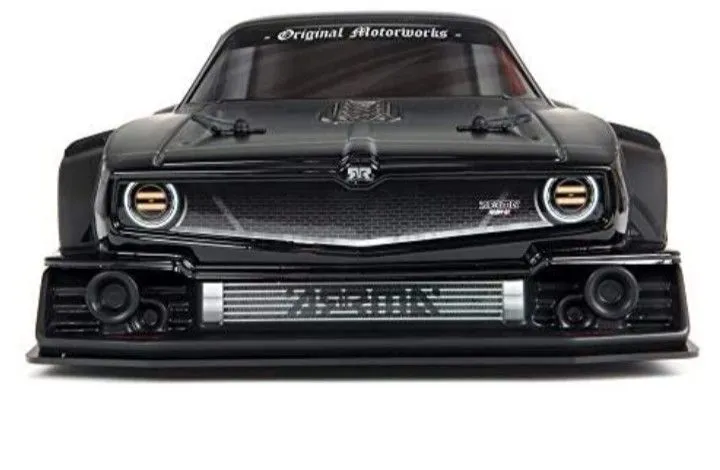
Customizing diecast cars requires various tools and materials. Having the right equipment can make the process smoother and more enjoyable. While you don’t need an extensive workshop to start, investing in quality tools and supplies will improve your results and the overall experience. This involves choosing the right tools, paints, and detailing supplies. The tools and materials you choose will impact the final look of your model.
Basic Customization Tools
Start with a basic set of tools and gradually expand your collection as your skills and interests grow. Essential tools include a hobby knife, small screwdrivers, pliers, and tweezers. A cutting mat is also crucial for protecting your work surface. A good set of files and sandpaper will be invaluable for preparing surfaces for painting and detailing. A well-lit workspace is essential, and a magnifying glass can be helpful for intricate detailing. A miniature drill will be needed for removing parts and making modifications.
Paints and Finishes for Diecast Cars
Choosing the right paints and finishes is critical for achieving a professional look. Acrylic paints are popular for their ease of use, quick drying time, and versatility. Enamel paints offer a durable finish but require more time to dry. Airbrushes are commonly used for applying paint smoothly and evenly, but spray cans can work for beginners. Primer is essential for preparing the surface, and clear coats provide a protective layer and a glossy or matte finish. The choice of paint depends on your preference, the level of detail you want to achieve, and the specific customization techniques you’re using. Using the right paint makes your model pop.
Detailing Supplies for Diecast Models
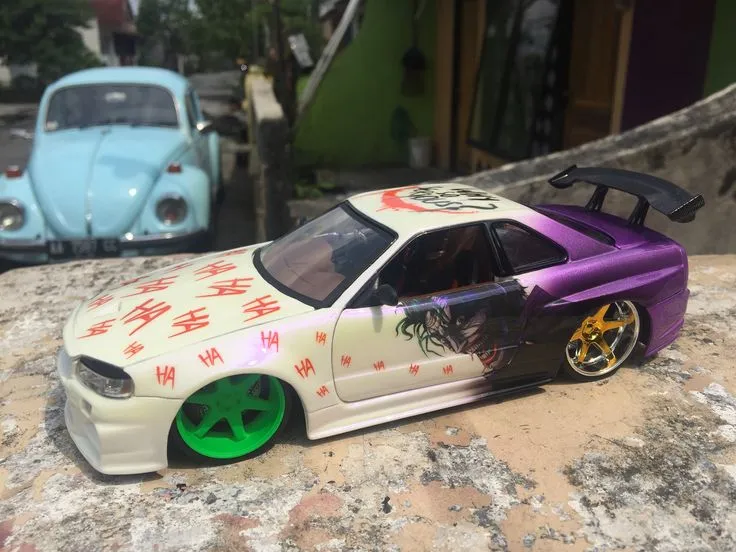
Detailing supplies bring your models to life. These can be used to replicate features that would make the model stand out. Detail brushes, small brushes and paint pens are useful for adding intricate details like badges, trim, and interior elements. Decals and water-slide transfers are ideal for replicating logos, stripes, and other graphics. Weathering powders and washes can be used to add realism, making your models look more authentic and aged. These supplies will enhance your models and add a unique touch.
Customization Techniques for Diecast Cars
Customizing diecast cars involves various techniques, from simple detailing to more complex modifications. Starting with basic techniques and gradually advancing will help you develop your skills and build confidence. Experiment with different techniques and don’t be afraid to try new things. It’s important to familiarize yourself with each step and ensure you have the tools before you begin.
Disassembly and Preparation
Before you begin customizing, carefully disassemble your model. Use small screwdrivers and pliers to remove parts like wheels, windows, and interior components. Take photos during disassembly to serve as a reference when putting the model back together. Prepare the surface by removing any existing paint or imperfections. Sanding the surface lightly can help improve paint adhesion and create a smooth finish. Cleaning the model thoroughly is essential to remove any dust or debris. A clean work surface is also important.
Painting and Finishing Techniques
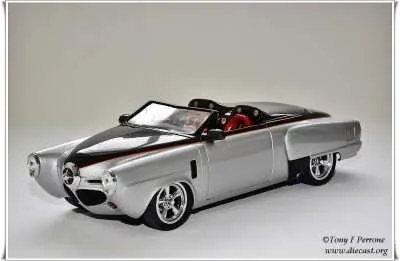
Painting is a core aspect of customization. Use primer to prepare the surface and ensure the paint adheres properly. Apply several thin coats of paint, allowing each coat to dry before applying the next. This will prevent runs and ensure a smooth, even finish. An airbrush is ideal for achieving a professional look, but spray cans work well for beginners. Once the paint is dry, apply a clear coat to protect the paint and add a glossy or matte finish. The clear coat also helps to seal the paint and prevent it from chipping or scratching.
Adding Details and Decals
Detailing adds realism and character to your model. Use fine-tipped brushes to paint small details like badges, door handles, and lights. Apply decals and water-slide transfers to add logos, stripes, and other graphics. Use a decal setting solution to ensure the decals conform to the surface and prevent bubbling. Consider weathering techniques to add dirt, rust, and other signs of wear and tear, making your model look more realistic. It’s the small details that set your custom models apart from the rest and make them unique.
Displaying and Protecting Your Collection
Displaying your custom diecast cars is an important part of the hobby. Proper display not only showcases your collection but also protects your models from dust and damage. Consider different display options and storage solutions to organize and present your cars in an appealing way. There are many ways to show off your collection and keep your cars in pristine condition for years to come.
Showcasing Your Custom Diecast Cars
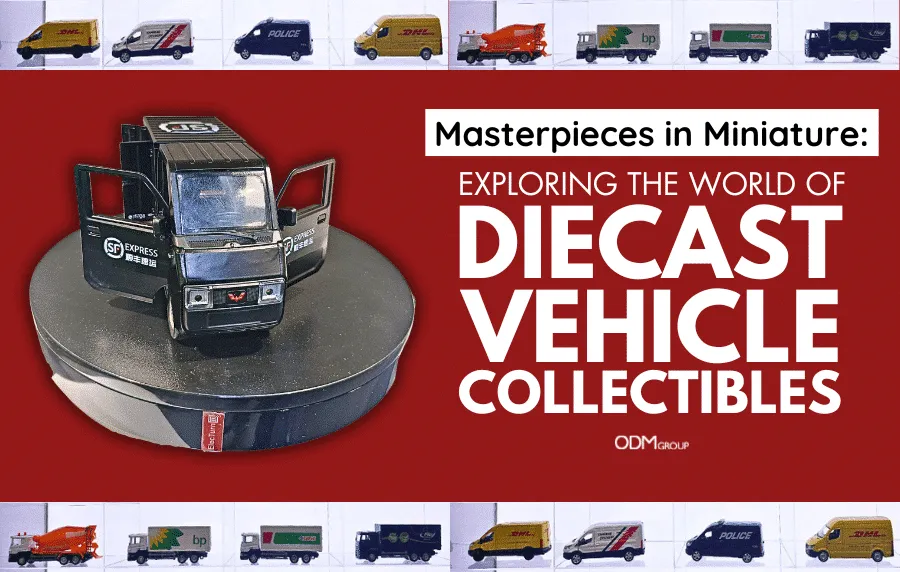
The way you showcase your collection is entirely up to you. Use display cases or shelves to protect your models from dust and handling. Arrange your cars by brand, model, or color for an organized and visually appealing presentation. Consider using lighting to highlight your models, which will bring out the details and make them stand out. You can also use dioramas or backgrounds to create realistic scenes and bring your models to life. Let your creativity shine through in your display choices.
Protecting Your Models
Proper storage and protection are essential for preserving your custom diecast cars. Keep your models away from direct sunlight, extreme temperatures, and humidity, as these can damage the paint and materials. Use dust covers or display cases to protect your models from dust and debris. Handle your models carefully to prevent scratches and damage. Consider using archival-quality storage boxes for models you don’t display regularly. With proper care, your custom diecast cars will last for years, maintaining their value and beauty.
Starting a collection of custom diecast cars is a rewarding experience, offering a unique blend of creativity, craftsmanship, and automotive passion. By following the steps outlined in this guide, you can begin your journey with confidence. Embrace the hobby, enjoy the process, and create a collection that reflects your personal interests and automotive dreams. Happy collecting!
